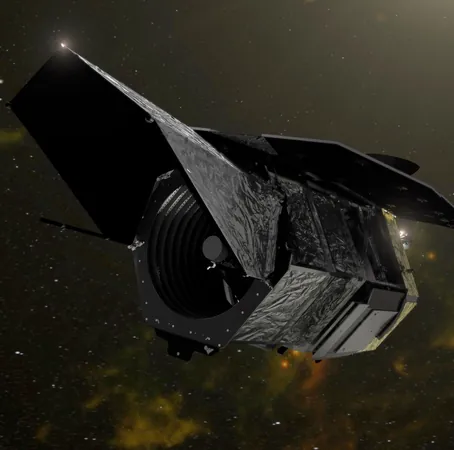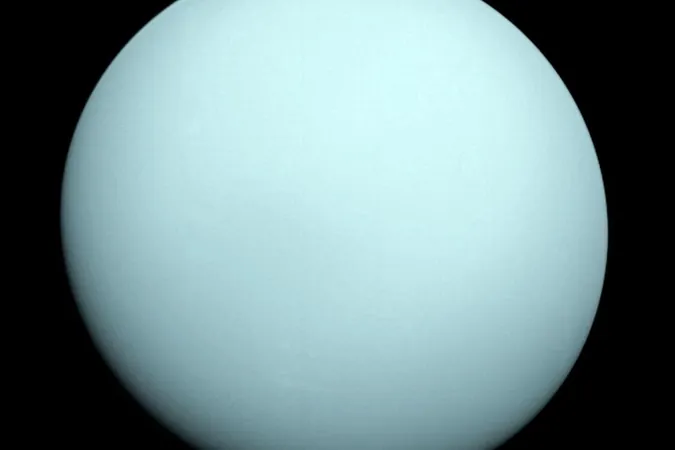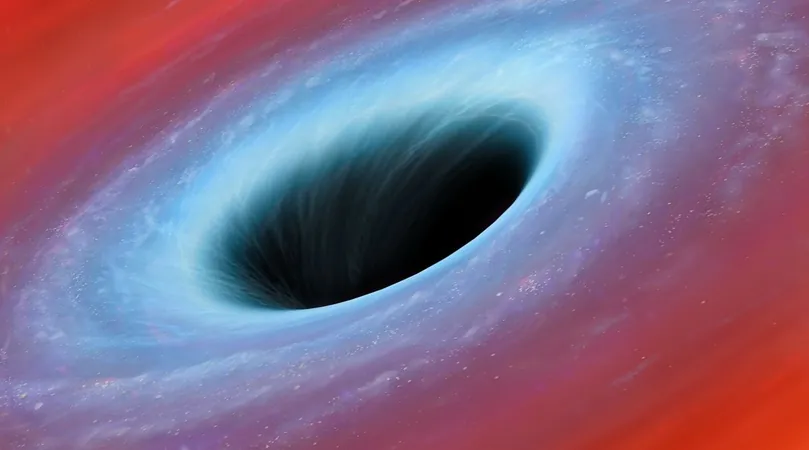
Major Milestone Achieved for NASA’s Nancy Grace Roman Space Telescope!
2024-11-12
Author: Li
Washington—Exciting developments are underway as NASA announces a significant milestone in the assembly of its next flagship space telescope, the Nancy Grace Roman Space Telescope. All critical components of the telescope have now been successfully brought together at NASA's Goddard Space Flight Center, in a move that ensures the project remains on track both financially and chronologically.
Mark Clampin, the director of astrophysics at NASA Headquarters, unveiled the latest updates during two advisory committee meetings last week. He shared that the telescope unit, which recently underwent rigorous thermal vacuum tests at an L3Harris facility, was transported to Goddard via a C-5 cargo aircraft. This means that the entire assembly of the Roman Space Telescope is now centralized in Building 29 at Goddard, a historic location also used for the assembly of previous groundbreaking telescopes like Hubble and the James Webb Space Telescope.
Clampin highlighted the successful arrangement of various spacecraft components, including the spacecraft bus and two main instruments, which were already situated at Goddard before the telescope's arrival. “This is a real achievement,” he noted at the Committee on Astronomy and Astrophysics meeting. The assembly's completion is crucial for maintaining the project’s timeline as NASA gears up for a targeted launch readiness date of no later than May 2027.
Despite challenges posed by a demanding schedule, which Clampin attributes to the hard work of both NASA teams and L3Harris, he emphasized that the program remains on budget. The development cost cap, mandated by Congress, stands at $3.5 billion. “This program is still on cost and schedule,” he assured the committee.
Interestingly, an audit conducted by NASA’s Office of Inspector General highlighted not only the project's progress but also areas of concern regarding the massive amount of data the telescope will generate. The report warned of potential risks linked to the oversubscribed communications networks required for this unprecedented data transfer. While the audit recommended considering the use of the Deep Space Network (DSN) as a contingency plan, Clampin responded that altering the spacecraft's design at this stage was impractical. He confirmed that Roman will utilize NASA’s upgraded Near Space Network for data transmission, with collaboration expected from partners in Europe and Japan.
As the Roman Space Telescope continues to make strides, its mission promises to unveil new cosmic mysteries and enhance our understanding of the universe. This telescope aims to survey large sections of the sky, potentially revolutionizing our grasp of dark energy and exoplanets.
Stay tuned as this ambitious project develops further—this is just the beginning for what could be one of the most important astronomical missions of our time!




 Brasil (PT)
Brasil (PT)
 Canada (EN)
Canada (EN)
 Chile (ES)
Chile (ES)
 España (ES)
España (ES)
 France (FR)
France (FR)
 Hong Kong (EN)
Hong Kong (EN)
 Italia (IT)
Italia (IT)
 日本 (JA)
日本 (JA)
 Magyarország (HU)
Magyarország (HU)
 Norge (NO)
Norge (NO)
 Polska (PL)
Polska (PL)
 Schweiz (DE)
Schweiz (DE)
 Singapore (EN)
Singapore (EN)
 Sverige (SV)
Sverige (SV)
 Suomi (FI)
Suomi (FI)
 Türkiye (TR)
Türkiye (TR)